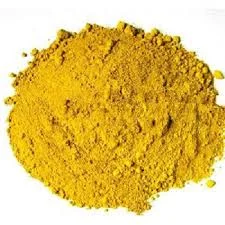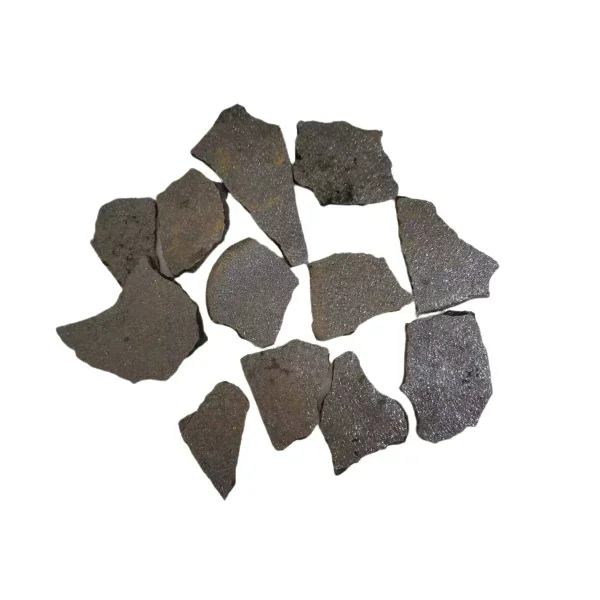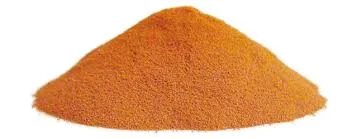Vanadium pentoxide (V2O5) is a versatile compound that finds numerous industrial applications due to its unique properties. From the production of steel to the manufacturing of ceramics and catalysts, vanadium pentoxide plays a crucial role in various sectors. In this article, we will explore the industrial applications of vanadium pentoxide and understand why it is a valuable compound in the industrial landscape.
I. Vanadium Pentoxide in Steel Production
One of the primary applications of vanadium pentoxide is in the production of steel. The compound acts as a powerful deoxidizer and strengthens the final product. By removing impurities and enhancing the steel's mechanical properties, vanadium pentoxide improves its strength, toughness, and resistance to corrosion. This makes it a vital additive in the manufacturing of high-strength steel used in construction, automotive, and aerospace industries.

II. Catalyst in the Chemical Industry
Vanadium pentoxide serves as a catalyst in several chemical processes. Its catalytic properties make it useful in the production of sulfuric acid, one of the most widely used chemicals in various industries. Vanadium pentoxide acts as a catalyst in the oxidation of sulfur dioxide to sulfur trioxide, a vital step in the synthesis of sulfuric acid. Additionally, it is used in the production of maleic anhydride, phthalic anhydride, and other important chemicals.
III. Vanadium Pentoxide in Ceramics and Glass Manufacturing
Due to its high melting point and stability at high temperatures, vanadium pentoxide is used in the production of ceramics and glass. It acts as a flux, lowering the melting point of ceramic materials and facilitating their formation into desired shapes. Vanadium pentoxide also enhances the color and opacity of glass, making it an important component in the glass industry.
IV. Battery Technology
Vanadium pentoxide plays a crucial role in energy storage systems, particularly in vanadium redox flow batteries (VRFBs). These batteries utilize the redox reaction of vanadium ions in different oxidation states to store and release electrical energy. Vanadium pentoxide acts as a catalyst and electrode material in VRFBs, enabling efficient energy storage and retrieval. This technology has significant potential in renewable energy applications and grid-level energy storage.

V. Vanadium Pentoxide as a Pigment
Vanadium pentoxide is used as a pigment in the production of ceramics, paints, and dyes. Its vibrant yellow color adds aesthetic value to various products, including pottery, tiles, and coatings. Vanadium pentoxide pigments are known for their stability, durability, and resistance to fading, making them ideal for both indoor and outdoor applications.
VI. Vanadium Pentoxide in Petrochemicals
In the petrochemical industry, vanadium pentoxide is utilized as a catalyst in the production of maleic anhydride, an important intermediate for the synthesis of resins, coatings, and plastics. It facilitates the oxidation of butane or benzene to maleic anhydride, enabling the production of these valuable petrochemical products.

Conclusion
Vanadium pentoxide showcases its versatility in a range of industrial applications. From steel production to ceramics, catalysts, battery technology, pigments, and petrochemicals, this compound proves its worth across various sectors. Its unique properties, including its catalytic activity, high-temperature stability, and color, make it an indispensable ingredient in numerous industrial processes. As industries continue to innovate and seek sustainable solutions, vanadium pentoxide is poised to play an even more significant role in shaping the future of industrial manufacturing.